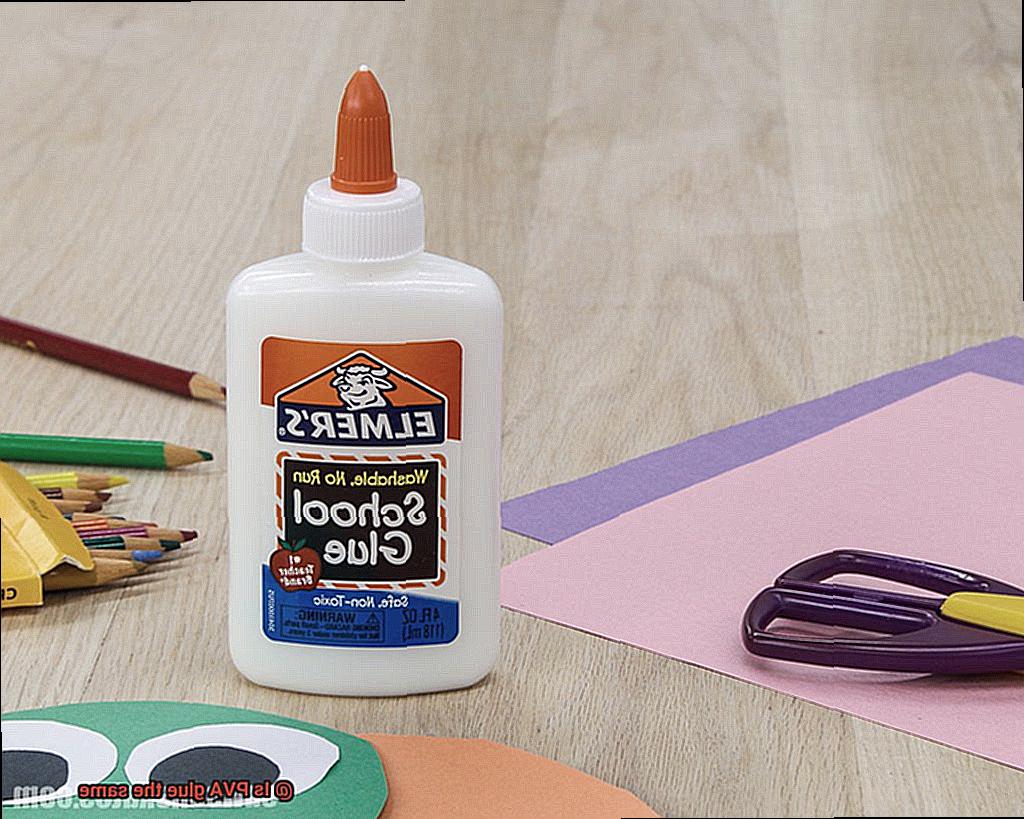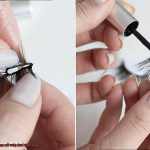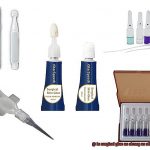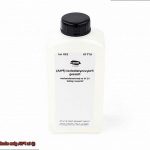If you’re anything like me, you’ve probably come across a whole bunch of different glues in your quest to fix, create, and make things stick together. And among this adhesive jungle, one name that often pops up is PVA glue.
But hold on a sec, what exactly is PVA glue? And how does it stack up against the other sticky contenders on the market? Well, my friend, get ready to dive into the captivating world of adhesives as we unravel the similarities and differences between PVA glue and its glue buddies.
In plain English, PVA glue (or Polyvinyl Acetate for those who prefer fancy names) is a type of adhesive that’s famous for its awesome bonding powers, versatility, and wallet-friendly price tag. What sets it apart from other popular glues like epoxy and super glue is its unique composition and functionality.
Now, let’s talk about epoxy glue. This stuff is known for being super strong and durable. It’s like the Hulk of glues. But here’s the thing: PVA glue takes a different approach. It’s water-based, which means it can be dissolved in water and cleaned up easily. So no more sticky fingers or messy accidents.
And then we have super glue—also known as cyanoacrylate—a real speed demon when it comes to drying. It’s crazy strong too. But here’s the catch: while super glue may be tough as nails (literally), it lacks flexibility compared to our buddy PVA.
Now that we’ve got the basics covered, let’s dig deeper into what makes PVA glue so special. We’ll explore its specific uses, advantages, and even its limitations compared to other types of glues.
By the time we’re done, you’ll be armed with all the knowledge you need to make your adhesive decisions like a pro.
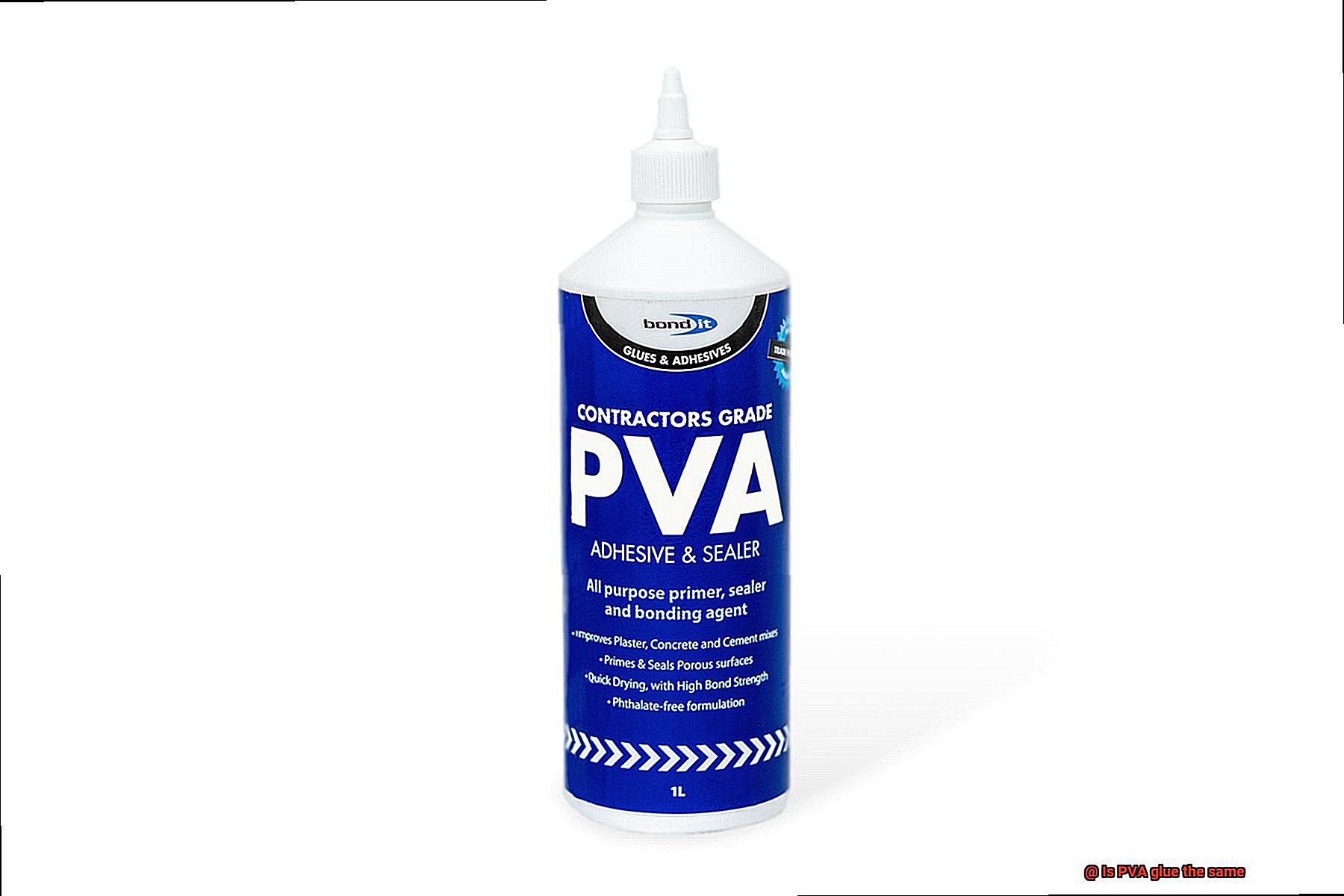
What is PVA Glue?
Contents
Known as polyvinyl acetate glue, this water-based adhesive offers a wide range of features that make it a popular choice for various projects.
In this comprehensive guide, we will delve into the world of PVA glue, exploring its properties, uses, and why it is essential for both professionals and hobbyists alike.
Versatile Bonding:
PVA glue excels at bonding porous materials such as paper, fabric, wood, and certain plastics. Whether you’re working on school projects, scrapbooking, or woodworking ventures, this adhesive effortlessly brings different materials together, ensuring a strong and durable bond.
Quick-Drying Magic:
One of the most convenient aspects of PVA glue is its rapid drying time. Unlike other adhesives that require hours to set, PVA glue typically dries within 15-30 minutes. This means you can complete your projects without unnecessary delays, allowing you to move on to the next step with ease.
Safety First:
PVA glue is a non-toxic adhesive, making it safe for both adults and children. Unlike some adhesives that emit strong fumes or contain harmful substances, PVA glue ensures a worry-free crafting experience. This makes it an ideal choice for family-friendly activities and projects in enclosed spaces.
Flexibility Matters:
Another noteworthy feature of PVA glue is its flexibility once it dries. This means that bonded surfaces can retain a slight degree of movement without compromising the integrity of the bond. Perfect for applications that require a bit of flexibility, such as bookbinding or attaching fabric to curved surfaces.
Understanding Variations:
It is important to note that not all PVA glues are created equal. Different formulations cater to specific needs, such as increased water-resistance or enhanced bonding capabilities.
When choosing a PVA glue, carefully read the labels and select the right type for your project to ensure optimal results.
Whether you need extra strength for outdoor applications or a glue that works well with specific materials, there is a PVA glue variation to suit your needs.
Types of PVA Glue
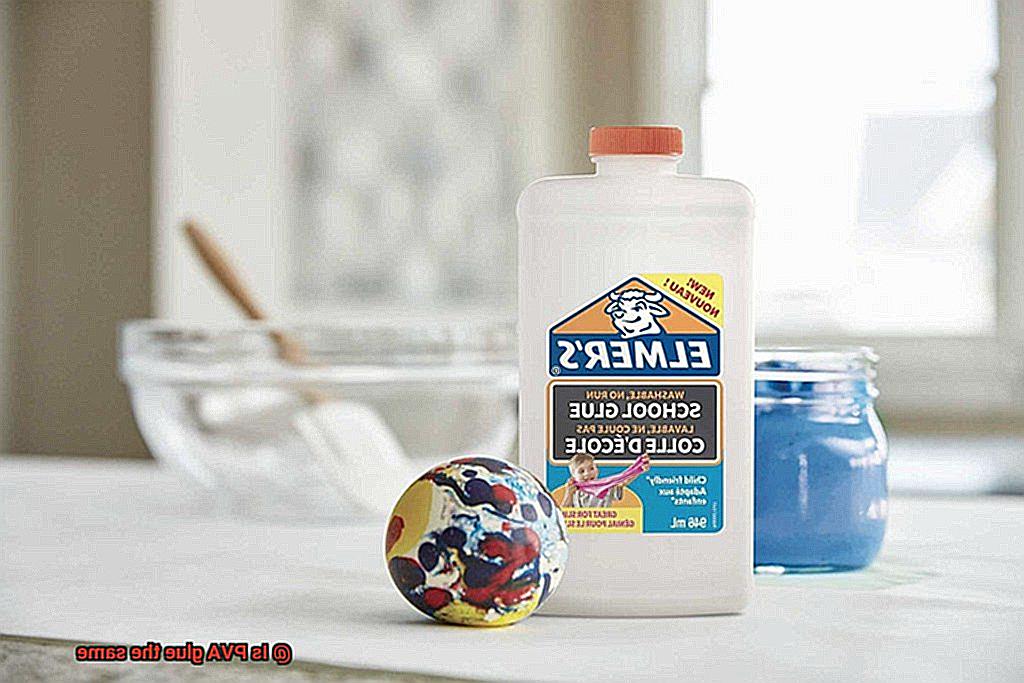
This adhesive wonder is a staple in the crafting community, offering endless possibilities for creativity. But did you know that there are various types of PVA glue, each with its own unique qualities and purposes? Get ready to dive into the intricacies of this magical substance as we explore its different types and their specific uses.
Regular PVA Glue:
Let’s start with the classic – regular or white PVA glue. This versatile adhesive is perfect for all your crafting needs. Its transparent drying properties make it ideal for projects involving paper, fabric, wood, and more. With a simple swipe of this glue, you can create masterpieces that stick together flawlessly. The best part? Cleaning up is a breeze. Just grab some water and watch as this water-based glue dissolves effortlessly before it dries.
School Glue:
Remember those glue sticks in school? Well, that’s just one example of school glue, a specialized type of PVA glue made with young crafters in mind. Non-toxic and easily washable from hands and clothes, this thinner version of regular PVA glue allows for smoother application, ensuring mess-free crafting sessions. So unleash your imagination without worrying about sticky fingers.
Wood Glue:
If you’re a woodworking enthusiast, wood glue is your ultimate companion. This type of PVA glue boasts exceptional strength and bonding capabilities when it comes to joining wooden pieces together. Its thicker consistency enables it to seep into the wood fibers, creating an unbreakable bond. And here’s the icing on the cake – wood glue has a longer drying time than regular PVA glue, giving you ample opportunity to adjust and align your pieces perfectly.
Specialized Glues:
Sometimes, you need a glue that’s tailor-made for specific materials. Enter specialized PVA glues. Whether it’s plastic or ceramics, there are PVA glues formulated to excel in bonding these materials. These glues contain special additives that enhance their adhesion properties, ensuring a reliable and long-lasting bond. It’s like having a secret weapon in your crafting arsenal.
Waterproof Glue:
Imagine creating stunning garden ornaments or venturing into outdoor adventures with your crafts. For these endeavors, you’ll need a PVA glue that can withstand the elements. That’s where waterproof PVA glue comes into play.
Designed to resist water and humidity, this type of glue ensures that your projects remain intact even when exposed to rain or moisture.
Drying Time of PVA Glue
When working on a project, waiting for glue to dry can be frustrating and time-consuming. Luckily, there are several factors that affect the drying time of PVA glue, and understanding these factors can help you plan your crafting projects more efficiently.
Firstly, the brand or formulation of the glue plays a significant role in drying time. Different brands may have different compositions or additives that affect how quickly the glue dries. Some brands may have a faster drying time, while others take longer to dry. When purchasing PVA glue, it’s important to consider the brand and choose one that suits your specific needs.
Next, let’s talk about the impact of ambient conditions on drying time. Temperature and humidity levels can greatly influence how fast PVA glue dries. On hot and humid days, the drying process may slow down, resulting in longer wait times. Conversely, in cooler and less humid environments, the glue may dry faster. It’s essential to consider the ambient conditions when using PVA glue to ensure optimal drying results.
Additionally, the type and porosity of the materials being bonded also affect drying time. Porous surfaces like wood or fabric can absorb more moisture from the glue, causing it to take longer to dry. In contrast, non-porous surfaces such as glass or plastic allow for quicker drying times. It’s important to consider the materials you’re working with and adjust your expectations accordingly.
To ensure proper bonding and minimize drying time, it’s crucial to apply an even layer of PVA glue to both surfaces being joined. Applying too much glue can result in longer drying times and weaker bonds. Following the manufacturer’s instructions regarding application techniques and drying times is essential for achieving optimal results.
If you’re in a hurry and need your glue to dry faster, there are a few tricks you can try. One method is to use a hairdryer on a low heat setting to gently blow warm air onto the glued area. This can help speed up the drying process.
Another option is to place the glued objects under a desk lamp or in a warm area with good air circulation. However, it’s important to avoid excessive heat, as it can cause damage or improper curing.
Strength of PVA Glue
In this comprehensive guide, we will delve into the strength of PVA glue, uncovering its limitless potential and understanding its limitations.
Strength:
- Awe-inspiring versatility: PVA glue boasts a moderate strength that makes it a go-to adhesive for countless applications, be it in woodworking, paper crafts, fabric projects, or even cardboard creations.
- Bonding porous materials: Prepare to be amazed as this adhesive forms an unyielding bond on porous materials like wood, paper, fabric, and cardboard. No project is too challenging for this adhesive powerhouse.
- Enhanced formulations for exceptional strength: For those seeking supercharged bonding capabilities, specialized formulations like PVA wood glue or PVA craft glue are available. These marvels of engineering contain additives that elevate bond strength and durability to unprecedented levels.
Limitations:
- Taming the non-porous challenge: While PVA glue reigns supreme over porous materials, it may struggle with non-porous surfaces like metal or glass. For such tasks, consider exploring alternative adhesives that specialize in conquering these formidable foes.
- The art of surface preparation and application: The true strength of your bond lies in the details – surface preparation and precise application. Follow the sacred path of manufacturer instructions to unlock the full potential of your adhesive masterpiece.
- Pushing the boundaries of possibility: As incredible as it may be, PVA glue has its limits. Extreme conditions demand extreme solutions. When faced with projects requiring Herculean strength or resistance to moisture or heat, venture into the realm of epoxy or polyurethane glues for optimal results.
Versatility of PVA Glue
Polyvinyl acetate (PVA) glue is a fascinating adhesive that offers a world of possibilities. Its versatility knows no bounds, making it an essential tool in the worlds of woodworking, arts and crafts, and beyond.
Let’s start by exploring the materials PVA glue can bond. This adhesive wonder has the power to stick to a wide variety of surfaces, from wood and paper to fabric and even certain plastics. For woodworking enthusiasts, PVA glue’s strong bonding capabilities make it the perfect companion for joining wooden pieces together. And for those with a creative flair, PVA glue becomes your new best friend. Its water-based formula makes it super easy to work with, ideal for activities like paper mache, collage-making, and creating mesmerizing mixed media artworks.
But what sets PVA glue apart from other adhesives? Well, for starters, it dries clear. This transparency makes it the ideal choice when you want the adhesive to be invisible. Whether you’re attaching transparent materials or working on delicate projects where the glue may be visible through thin materials, PVA glue ensures an undetectable bond.
Flexibility is another key attribute of PVA glue. Once dried, it can withstand movement and stress without cracking or breaking the bond. This makes it a top choice for bookbinding or attaching fabric to other materials, where some flexibility is required.
And here’s the best part: PVA glue can be applied in a multitude of ways. Whether you prefer using a brush, roller, or spreader, this adhesive adapts to your project requirements. It can also be combined with other materials like clamps or tapes to enhance the bonding process, giving you even more control over your creations.
But wait, there’s more. PVA glue comes in different formulations too. Some are specifically designed for outdoor use and offer water resistance, providing added durability and protection against moisture.
Considerations When Choosing a Brand or Formulation
When it comes to choosing the perfect brand or formulation of glue, there are several key considerations to keep in mind. Let’s dive into the details and explore what factors should influence your decision.
- Reputation: Look for a brand that has a solid track record in the industry. A reputable brand is more likely to deliver a high-quality and reliable product. Trustworthy brands have stood the test of time and have gained the trust of consumers.
- Formulation: Pay attention to the specific formulation of the glue. Different brands may have slight variations in their formulas, so consider what the glue is specifically designed for. Is it a general-purpose glue or tailored for a specific task like woodworking or crafting? Make sure the glue is formulated to meet your specific needs.
- Drying Time: Consider how quickly the glue dries. Some glues dry faster than others, which can be crucial depending on your project. If you’re working on a time-sensitive project or simply don’t want to wait around for the glue to dry, opt for a fast-drying formulation.
- Bond Strength: Evaluate the bond strength offered by different brands. The level of bond strength can vary, so think about how durable you need your adhesive to be. If you’re working on a project that requires a strong and long-lasting bond, choose a glue with a high bond strength.
- Additional Features: Some glues come with added features and benefits that may be relevant to your project. For example, if you need something non-toxic for a kid’s school project, look for a glue that meets this requirement. Consider if you need flexibility, resistance to moisture, or any other specific characteristics that certain brands or formulations can provide.
- Budget: Finally, consider your budget when selecting a brand or formulation of glue. While quality is important, finding a balance between price and performance is essential. Determine how much you’re willing to invest in a glue that meets your needs and fits within your budget.
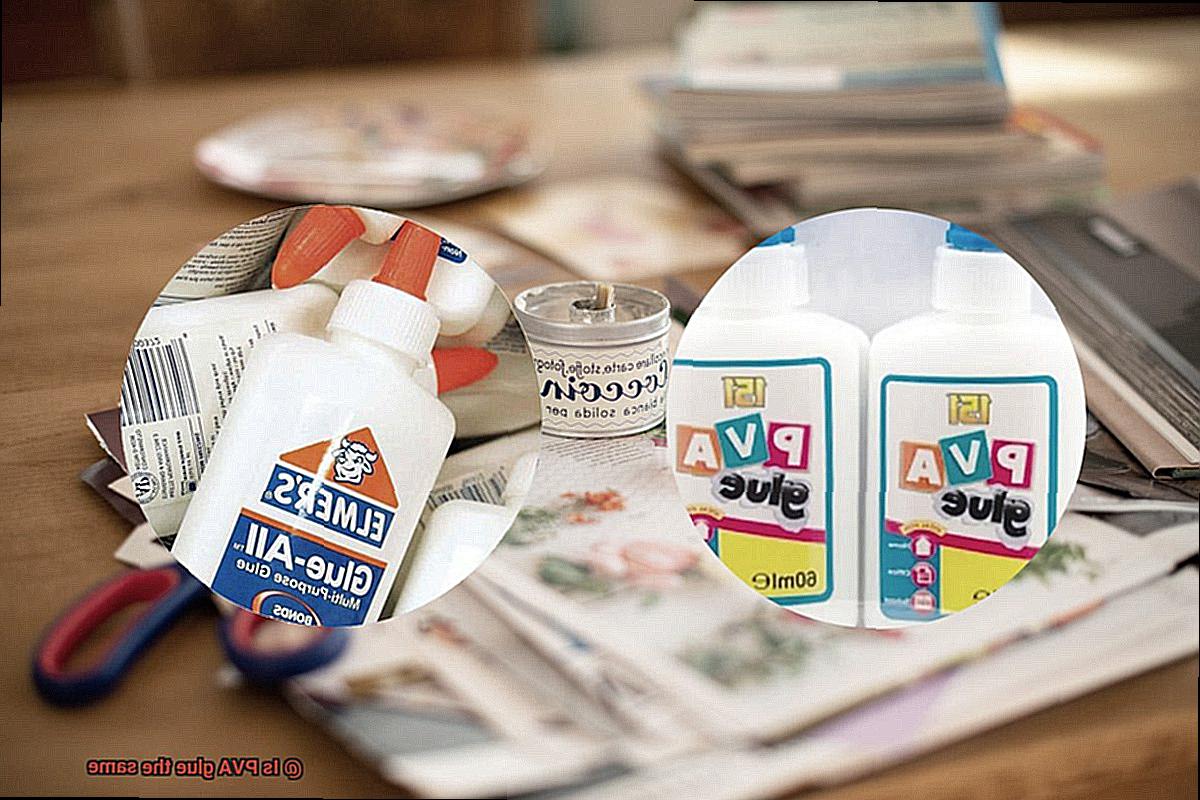
Storage and Usage Guidelines for PVA Glue
Are you ready to unleash your creativity with a bottle of PVA glue? Before you dive into your craft projects, it’s essential to understand the proper storage and usage guidelines that can make a world of difference in its effectiveness. So, my crafty friends, let’s explore the dos and don’ts of handling this popular adhesive.
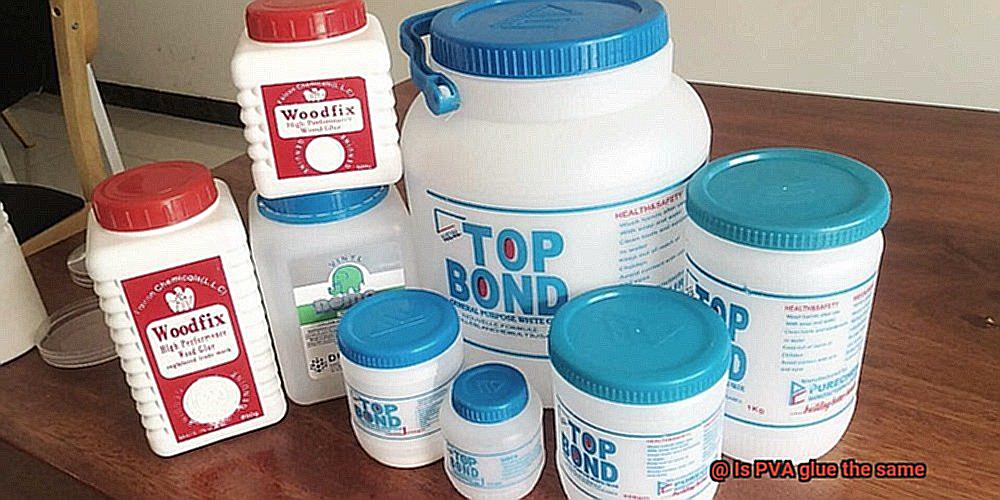
Let’s start with storage. Just like you wouldn’t leave your ice cream melting in the scorching sun, PVA glue also needs some tender loving care. To ensure its longevity and effectiveness, store your PVA glue in a cool, dry place away from direct sunlight and extreme temperatures. This simple step prevents it from drying out or thickening prematurely.
Now, let’s seal the lid and seal the deal. When you’re not using your PVA glue, make sure to keep it tightly sealed. Securely close the lid or transfer it to an airtight container. Trust me, this small act will save you from dealing with dried-out or lumpy glue that can ruin your creative endeavors.
But what if your PVA glue has become a sad glob of goo due to neglectful storage? Fear not. There’s still hope. Simply add a small amount of water and give it a good stir until you achieve the desired consistency. Just be mindful not to dilute it too much, as excessive water can affect its adhesive properties.
When it comes to applying your PVA glue, remember that less is more. Apply it evenly and in thin layers for optimal adhesion. This ensures that the glue bonds well with the surfaces you’re joining together, creating strong and durable connections. And speaking of bonding, give your PVA glue ample time to dry and set properly. The drying time may vary depending on factors like temperature, humidity, and layer thickness. Patience is key here, so follow the manufacturer’s instructions for best results.
Now, let’s talk safety. While PVA glue is generally considered safe and non-toxic, it’s always wise to take precautions. Work in a well-ventilated area to avoid inhaling any fumes, and protect your eyes from contact. In case of accidental skin exposure, wash the affected area with soap and water immediately. If the glue gets in your eyes, flush them with water for at least 15 minutes and seek medical attention if necessary.
To keep your glue flowing freely, wipe off any excess before sealing the container. This simple step prevents clogging of the nozzle or applicator tip, ensuring hassle-free usage for future projects. And remember, proper cleanup is essential. Promptly remove any excess or spilled glue with a damp cloth or sponge, as dried PVA glue can be stubborn to remove.
Last but not least, know your glue’s limits. PVA glue is not suitable for high-temperature environments or applications that require water resistance. For those specific needs, specialized adhesives should be used instead.
Safety Guidelines for Using PVA Glue
Before embarking on your next crafting adventure, it’s crucial to prioritize safety when using PVA glue. In this blog post, we will explore essential safety guidelines to ensure a hassle-free and enjoyable crafting experience. Let’s dive in.
Read and Understand Instructions:
Each brand and type of PVA glue may have specific recommendations or precautions. Take the time to carefully read and understand the instructions provided by the manufacturer. This step will help you achieve optimal results and avoid any potential hazards.
Protect Yourself:
When working with PVA glue, it’s important to protect yourself from potential skin or eye irritation. Wear gloves and goggles to prevent direct contact with the glue. Remember, safety comes first.
Ensure Adequate Ventilation:
PVA glue emits strong fumes that can cause respiratory irritation if inhaled excessively. To create a safe work environment, choose a well-ventilated area for your crafting activities. Consider using a fan or opening windows to keep the air circulating.
Keep Away from Children and Pets:
While PVA glue is generally non-toxic when dry, it can still pose a choking hazard if ingested. Store your glue securely out of reach of children and pets, ensuring their safety during your crafting sessions.
Seek Medical Attention If Needed:
In case of accidental ingestion or contact with eyes or skin, don’t hesitate to seek immediate medical attention. It’s always better to be safe than sorry when dealing with potential injuries or adverse reactions.
Test on Porous Surfaces:
When using PVA glue on porous surfaces like wood or fabric, it’s crucial to test a small area first before applying it extensively. This simple step ensures proper adhesion without causing any discoloration or damage to your cherished materials.
Clean Up Promptly:
Clean up any spills or excess glue promptly while it’s still wet. PVA glue is water-based and can be easily cleaned with warm soapy water. Don’t let dried glue become an unwanted and stubborn stain on your projects.
Store Properly:
To maintain the effectiveness of your PVA glue, store it in a cool, dry place away from direct sunlight, extreme temperatures, or humidity. Ensuring the lid is tightly sealed after each use prevents the glue from drying out and becoming less effective.
zumPCy2wuKg” >

